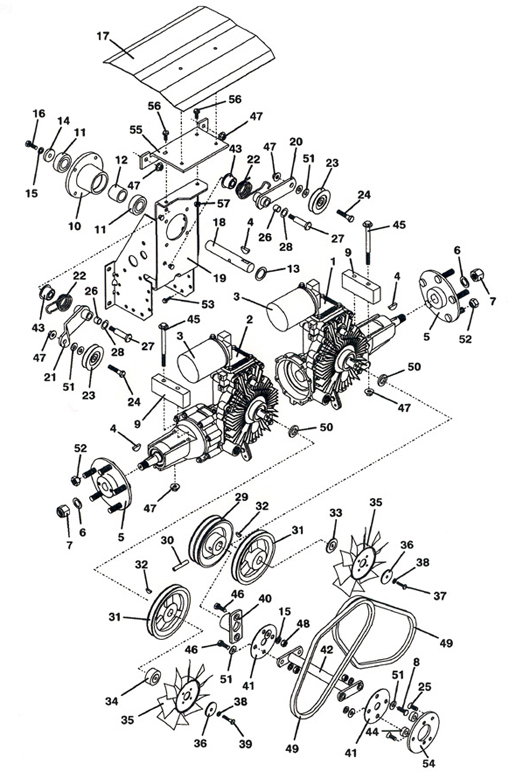
You can edit the existing or add new ones. The list of items that you want to base filtering on. The power of Rhino and Grasshopper in the Autodesk Revit environment. T o find more shortcuts just go to File – Interface, scroll down a little bit and there you can find the whole list of shortcuts in Grasshopper. As part of the Substance 3D Collection plan, access thousands of customizable. Now you can just grab all wires into one bunch and move them to another component. Hold Shift and Ctrl together, and C shaped black arrow will appear. Now you can delete selected wire.Īction three: Drag all connected wires to another component with just one move.

It means that you can add this wire to a component without deleting the previous one.Īction two: When you want to delete just one wire just hold CTRL and a red arrow with minus will appear. This Grasshopper tutorial, a part of the Rhino for Architects Training. I’m not breaking a new ground here but it must be included in this list.Īction one: When you want to add more than one wire to the component, just hold shift. However you will lose all control of the surface (material) index numbers which. And with Ctrl plas Q key you can hide the rest of components in Rhino view.ĭefinitely my favourite group of shortcuts. If you click on elements that you want to keep visible and press Shift, CTRL and key you will select all components besides the ones marked in the previous step. Mostly to hide or unable unnecessary elements. I use this shortcut with another combination which is Invert selection.

This type of surface can’t be divided into equal parts unless it’s deformed/optimized. Another issue is that there is no perfect solution to your problem.
#Grasshopper rhino number parts how to#
Select all your components and press this combination to change visibility. So, the rhino/grasshopper loft command will try to guess how to generate the loft and the result won’t likely be the one you expected. The REBUILD CURVE command can be used to adjust your curves first, but you can also use REBUILD internally in the LOFT component as I show in the image.A quick way to hide components from Rhino view is pressing Ctrl+Q. As a result, the structure of your loft will be more even as well as the result of the isotrim command. This will reset the structure of the curves according to a desired number of points, which will be distributed evenly along the curves. One simple improvement to your problem is to use the command REBUILD. by their guid (the identification number that Rhino uses to identify objects).
#Grasshopper rhino number parts manual#
So, the rhino/grasshopper loft command will try to guess how to generate the loft and the result won’t likely be the one you expected.Īnother issue is that there is no perfect solution to your problem. Hard references are manual references of Rhino objects from a Grasshopper. The two curves are not the same or they have a different amount of points. So, if you create a loft from those curves, the structure of the surface will follow the structure of the curves. In other words, the space between the points is not the same along the curves. This way, it is possible to create complex geometries much more easily than in the conventional way (manual modeling).

(torn), there are a number of replacement parts on it, and I see that the. The origin curves have an “uneven” structure. Grasshopper is used mainly to create generative algorithms. If your Grasshopper file references geometry from Rhino, you Options>OpenGL. Your problem is a consequence of mainly two things:


 0 kommentar(er)
0 kommentar(er)
